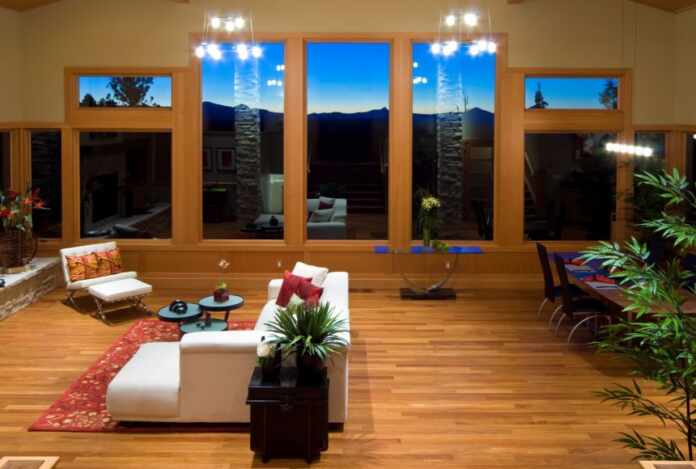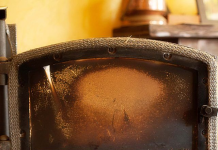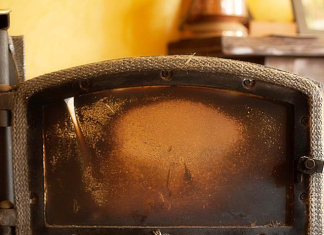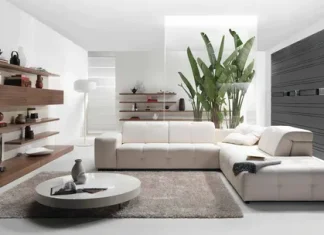Content Summary
Feng Shui Design Tips for a Balanced, Harmonized Home
Feng Shui, an ancient Chinese art and science, has gained popularity worldwide for its principles of creating harmonious living environments. The practice focuses on arranging and orienting objects and spaces to promote positive energy flow, balance, and well-being.
By incorporating Feng Shui principles into your home design, you can create a serene, balanced, and inviting space that enhances your life. Here, we present some key Feng Shui tips and details on incorporating them into your home.
Understanding the Basics of Feng Shui
Before diving into specific tips, it’s essential to grasp the foundational principles of Feng Shui:
Chi Energy
Feng Shui is based on the concept of “chi” or “qi,” which is the life force or energy that flows through everything. The goal is to encourage the smooth flow of chi in your home.
Five Elements
Feng Shui revolves around the five elements—Wood, Fire, Earth, Metal, and Water. Each element has specific qualities and associations; balancing them is key to harmonizing your space.
Bagua Map
The Bagua Map is a fundamental tool in Feng Shui. It divides your home into nine areas, each corresponding to different aspects of your life, such as wealth, health, and relationships.
Now that we have a basic understanding, let’s delve into Feng Shui tips for your home.
Declutter and Organize
Clutter disrupts the flow of chi energy and can lead to feelings of stress and overwhelm. Start your Feng Shui journey by decluttering and organizing your space. Remove items you no longer need and keep your home tidy. This will create a sense of calm and allow energy to circulate freely.
Balance the Five Elements
Incorporate the five elements into your home design. For instance:
- For wood, add wooden furniture or decor for growth and vitality.
- For fire, use candles, lighting, or the color red to stimulate passion and creativity.
- For earth, decorate with earthy tones and ceramics for stability and grounding.
- For metal, include metallic elements, like metal furniture or decor, for clarity and precision.
- For water, incorporate water features into your home (indoors or outdoors) or the color blue for communication and flow.
Use the Bagua Map
Apply the Bagua Map to determine the layout of your space and identify the areas associated with different aspects of life. Enhance each area accordingly. For example, focus on the southeast of your home for wealth and prosperity. Place wealth-related symbols, like a money plant, here.
For health, look to the east of your property. Keep this area clean, well-lit, and clutter-free. Love and relationships are said to revolve around the southwest of the home, so add pairs of objects and romantic decor. The career section of the home is the north. You should, therefore, position your workspace or office in this area.
Position Furniture and Fixtures Mindfully
As you’re likely aware, furniture arrangement plays a crucial role in Feng Shui. Ensure that furniture is arranged to promote the flow of energy. For example, place your bed, desk, or other key furniture in a “command” position where you have a clear view of the door but are not directly in line with it. This empowers you and enhances safety.
Arrange furniture so no sharp corners are pointing at you while you’re in bed or at your desk. Sharp corners create “poison arrows” of negative energy. Balance Yin and Yang, too. In each room, create a balance between soft, yin energy (curved shapes, soft textures) and strong, yang energy (angular shapes, vibrant colors). For example, you could purchase Hunter Fan industrial ceiling fans (or other contemporary styles) for your living room and offset this raw, mechanical vibe with a large, rounded sofa made from a luxurious, soft material.
Incorporate Natural Elements
Bringing nature indoors is another fundamental aspect of Feng Shui. For instance, adding indoor plants not only purifies the air but also connects your home to nature. Choose plants with rounded leaves for a softer energy. Maximize natural light in your space, too. Open curtains during the day to let in sunlight, which is a powerful source of positive chi. Plus, ensure good ventilation to circulate clean, oxygen-rich air. Fresh air enhances the quality of chi in your home.
Remove Negative Symbols
Identify and remove any symbols or items in your home that carry negative energy or associations. This includes old, broken items, gifts from past relationships, or items that evoke negative memories.
Create a Welcoming Entryway
The entryway is where chi enters your home, so make it inviting and clutter-free. Use mirrors to expand the space, and consider adding a welcoming touch like a vibrant doormat or potted plant.
Feng Shui offers a holistic approach to home design that creates a beautiful and balanced living environment. By incorporating these Feng Shui tips into your home, you can create a space that promotes positive energy, tranquility, and harmony, where each step contributes to a more serene and inviting home. Embrace the power of Feng Shui, and watch as your living space transforms into a sanctuary of balance and positivity.









